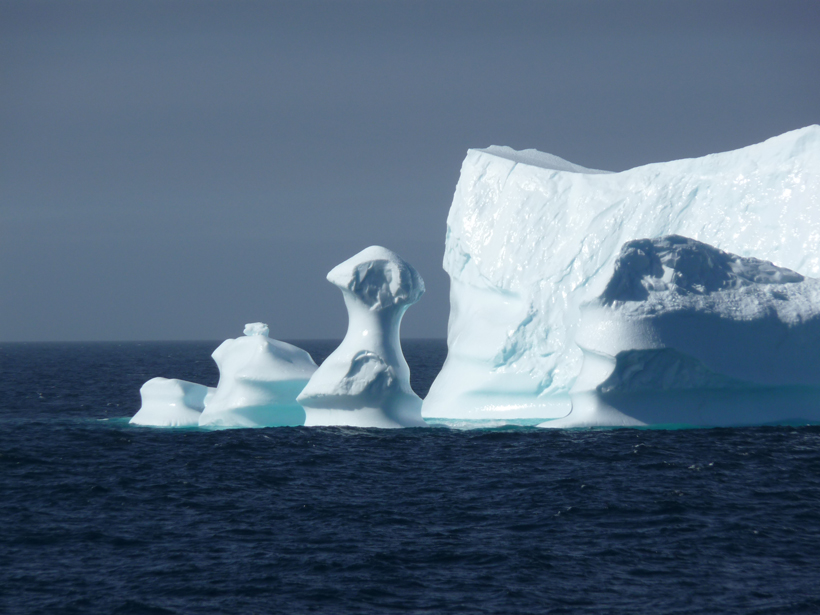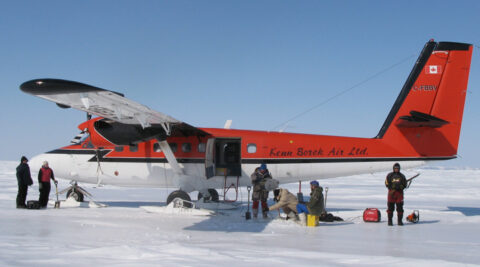Source: Journal of Geophysical Research: Biogeosciences
Much of the global climate is driven by forces that originate in the Arctic. The high-latitude regions of planet Earth shuffle and convert energy between phases and exchange heat between ocean and air. Many factors—like the thermohaline circulation, which reverses direction at the poles as warm salty water releases heat into the air and sinks down to the bottom—are heavily influenced by the ocean’s salinity, and thus, the movement of freshwater into and around the Arctic plays an important role in shaping both regional and global climate.
Here Carmack et al. compile a review of literature addressing the dynamic role of freshwater in the Arctic Ocean. The review is focused on three major factors: the inputs of freshwater into the system, such as rivers and precipitation; how and where freshwater is stored and transported in the Arctic Ocean; and the factors that remove freshwater from the area. Overall, the review affirms the widely held opinions that the Arctic Ocean is freshening, warming, and losing sea ice. They further conclude that “there is little of climate and biogeochemical importance that happens in the Arctic that is not constrained by the flux and state of fresh water.”
In recent decades, much research on these topics has raised the questions of “tipping points” and “system flips,” where feedbacks in the system compound to rapidly cause massive reorganization of global climate over very short periods of time—a truncation or reorganization of the thermohaline circulation or of food web structures, for instance, caused by the loss of sea ice or warming ocean temperatures. The authors conclude that climate change in the Arctic Ocean is “probably not” extreme enough to cause a massive reorganization of global climate patterns. But because the stakes are so high, the researchers also urge for more studies to track the movement of freshwater throughout the region with greater resolution and detail so that models—both conceptual and computational—can be more tightly constructed to match the realities of our changing planet. (Journal of Geophysical Research: Biogeosciences, doi:10.1002/2015JG003140, 2015)
—David Shultz, Freelance Writer
Citation: Shultz, D. (2016), Building new ways to think about Arctic freshwater, Eos, 97, doi:10.1029/2016EO044969. Published on 5 February 2016.
Text © 2016. The authors. CC BY-NC 3.0
Except where otherwise noted, images are subject to copyright. Any reuse without express permission from the copyright owner is prohibited.


